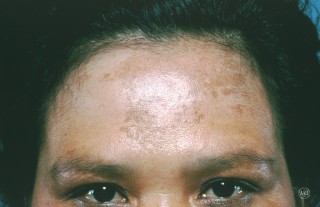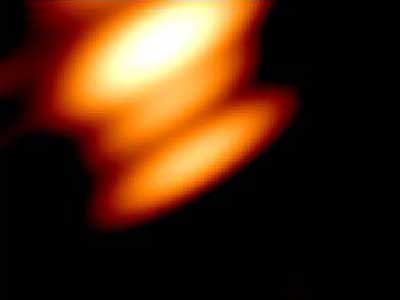Those who have migraine with aura may be at double the risk of developing Parkinson’s, according to the study published in the recent online issue of Neurology, the medical journal of the American Academy of Neurology.
“Migraine is the most common brain disorder in both men and women,” said study author Ann I. Scher, with Uniformed Services University in Bethesda, and a member of the American Academy of Neurology. “It has been linked in other studies to cerebrovascular and heart disease. This new possible association is one more reason research is needed to understand, prevent and treat the condition.”
For the study, 5,620 people between the ages of 33 and 65 were followed for 25 years. At the beginning of the study, a total of 3,924 of the participants had no headaches, 1,028 had headaches with no migraine symptoms, 238 had migraine with no aura and 430 had migraine with aura. Later, the investigators assessed whether the participants had any symptoms of Parkinson’s or had been diagnosed with Parkinson’s or had symptoms of restless legs syndrome (RLS)(also known as Willis-Ekbom disease).
The study found that people with migraine with aura were more than twice as likely to be diagnosed with Parkinson’s than people with no headaches. A total of 2.4 percent of those with migraine with aura had the disease, compared to 1.1 percent of those with no headaches. People with migraine with aura had 3.6 the odds of reporting at least four of six parkinsonian symptoms, while those with migraine with no aura had 2.3 times the odds of these symptoms. Overall, 19.7 percent of those with migraine with aura had symptoms, compared to 12.6 percent of those with migraine with no aura and 7.5 percent of those with no headaches. Women with migraine with aura were also more likely to have a family history of Parkinson’s disease compared to those with no headaches.
“A dysfunction in the brain messenger dopamine is common to both Parkinson’s and RLS, and has been hypothesized as a possible cause of migraine for many years. Symptoms of migraine such as excessive yawning, nausea and vomiting are thought to be related to dopamine receptor stimulation,” said Scher. “More research should focus on exploring this possible link through genetic studies.
“While the history of migraine is associated with an increased risk for Parkinson’s, that risk is still quite low.”

















Related Items
Why controlling American Social Media Platforms is necessary?
Mediabharti Web Academy Launched To Train Online Journalists
Residential Coaching Academy Admission Results Announced